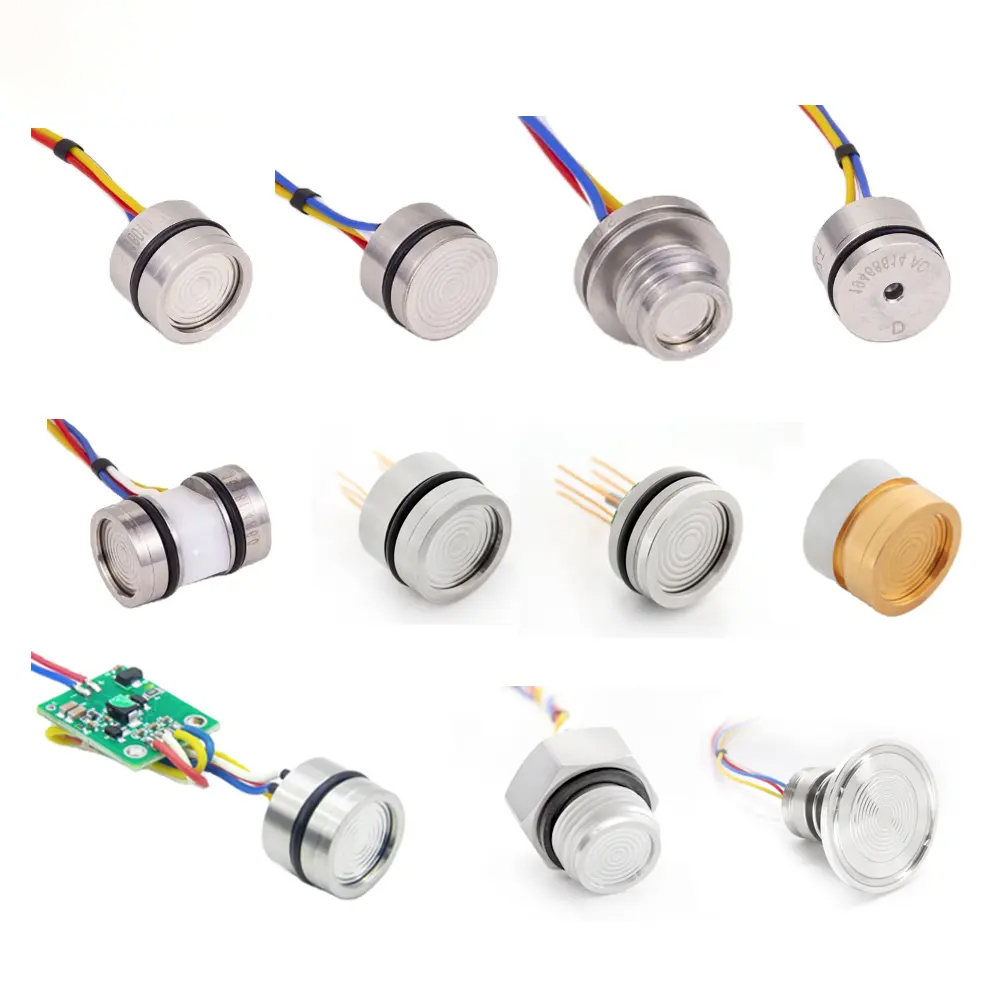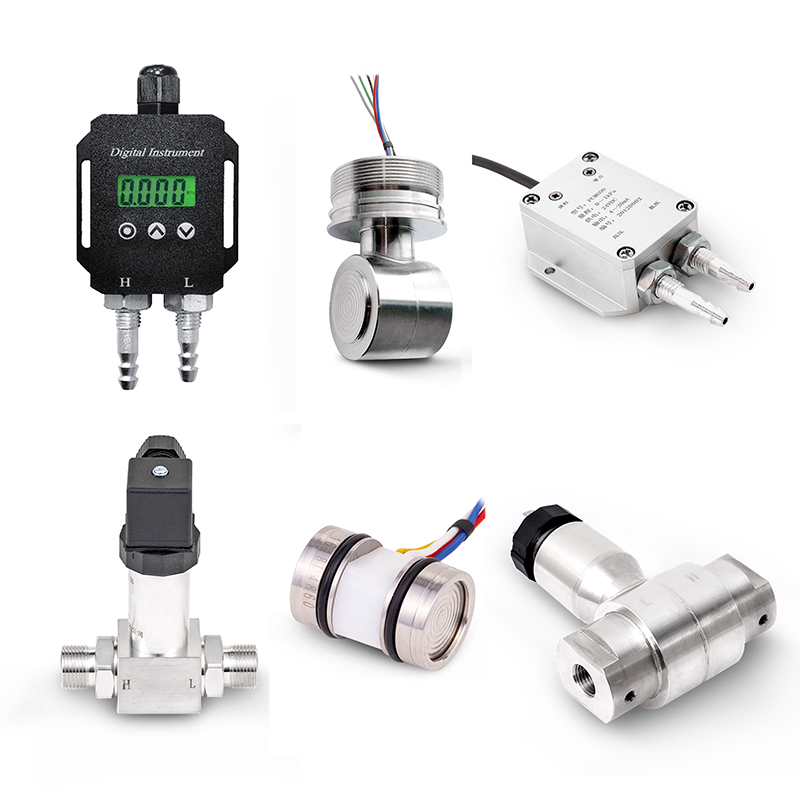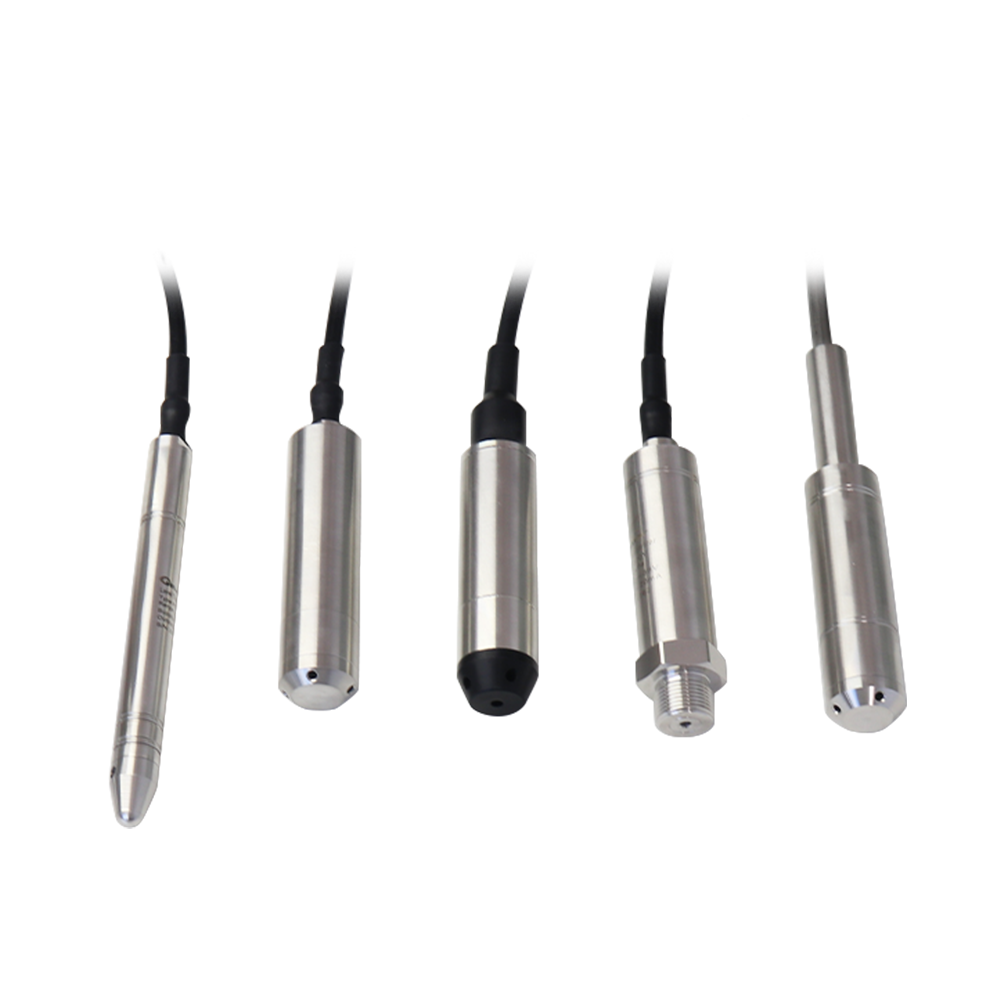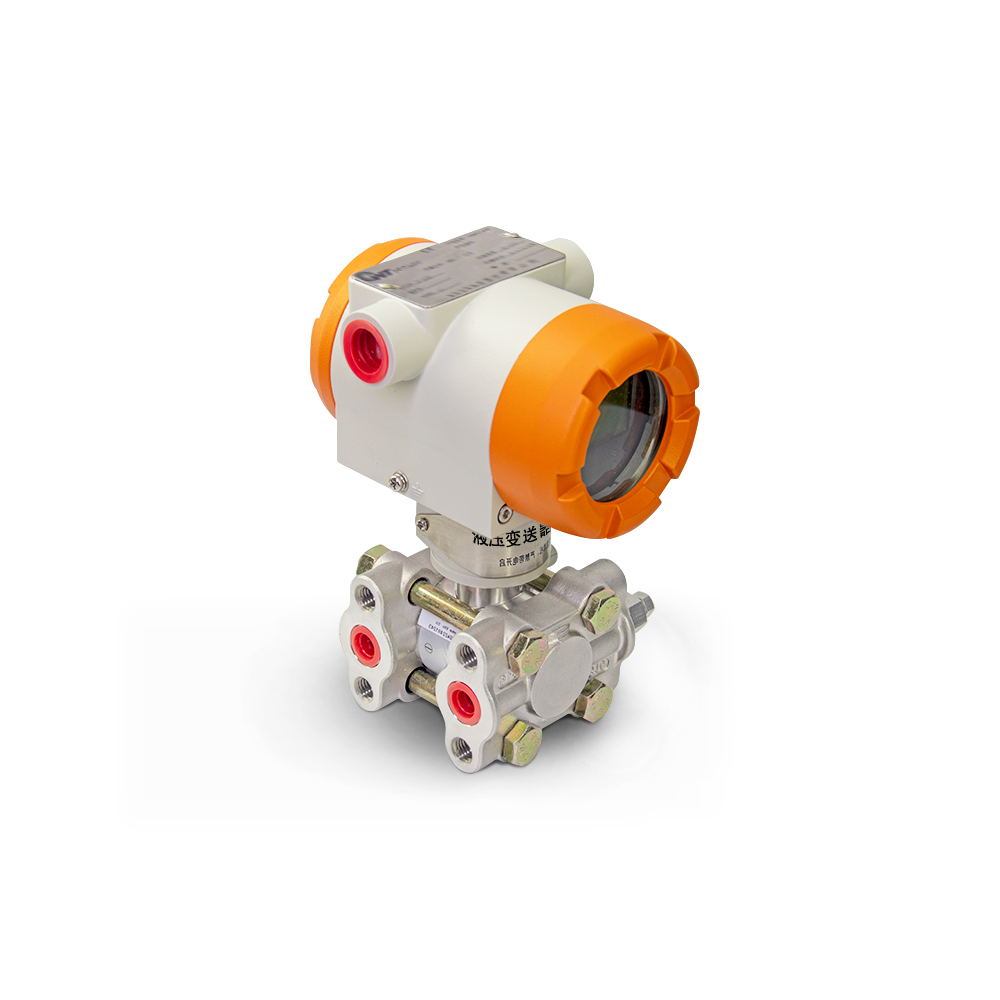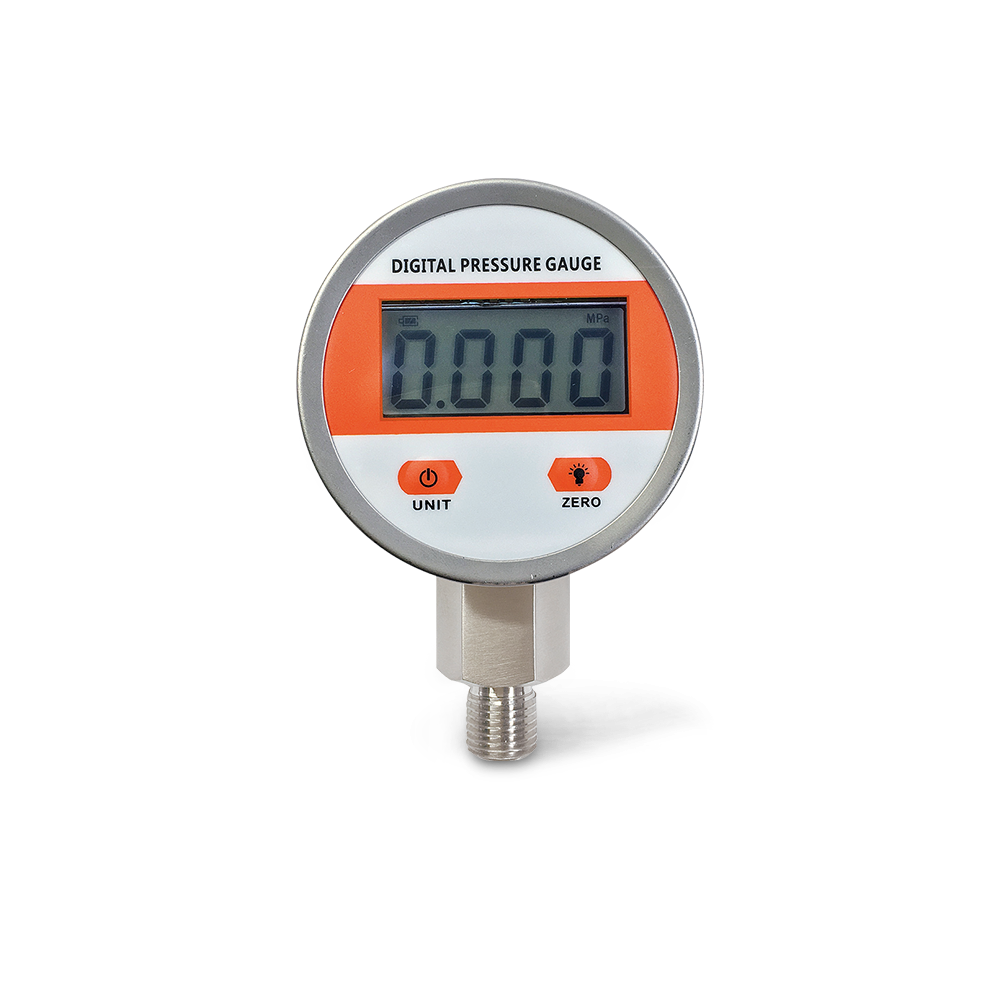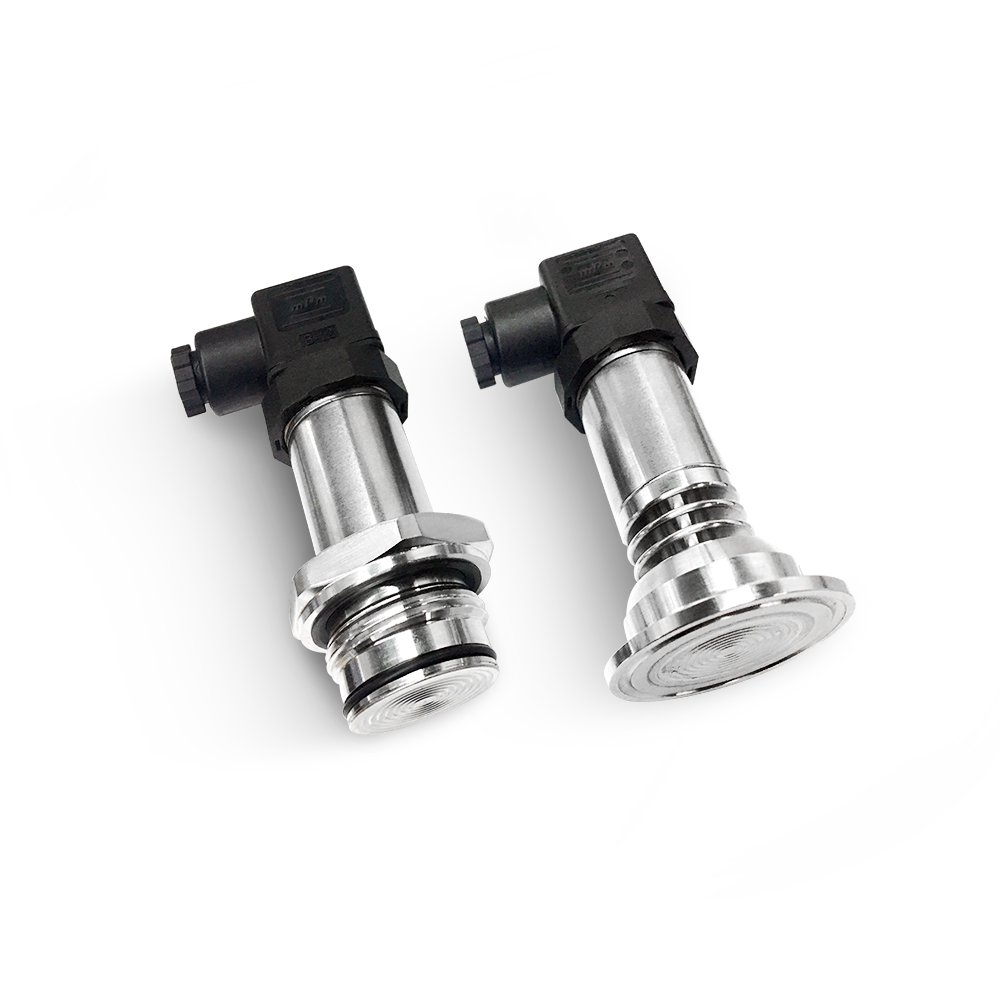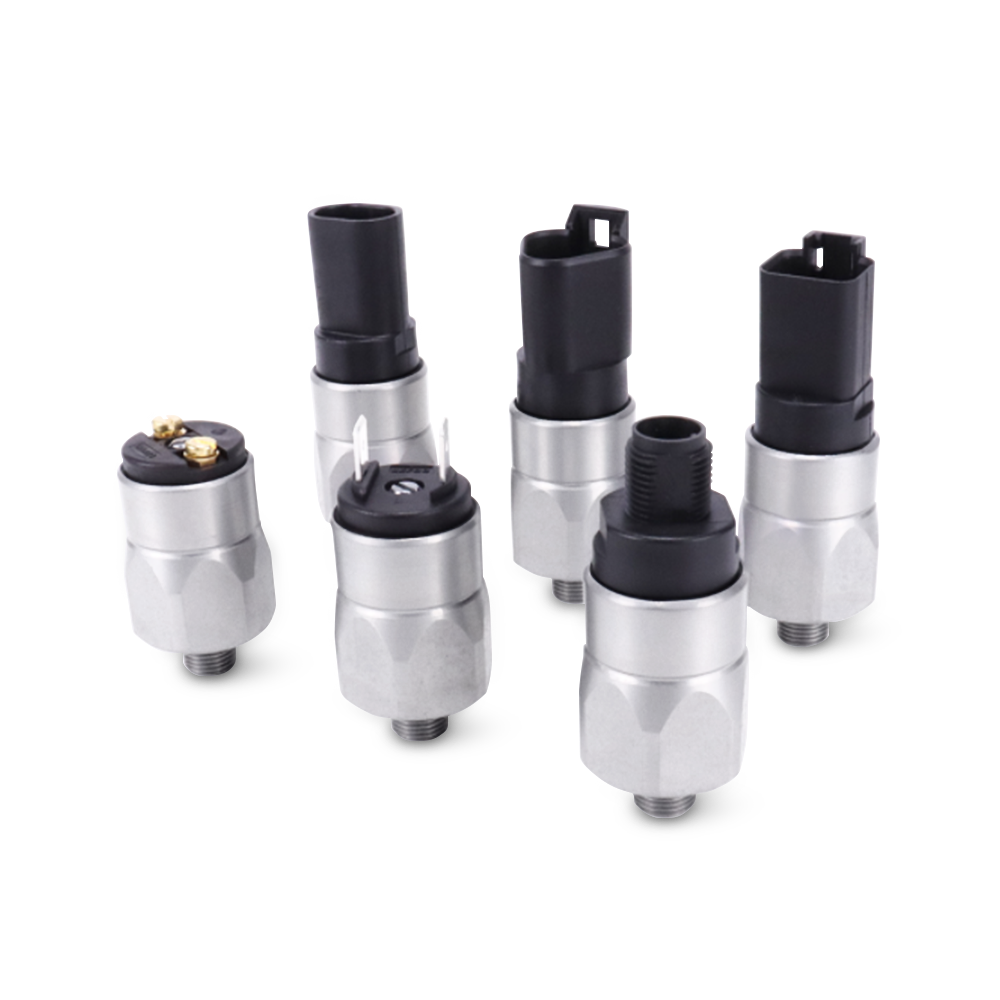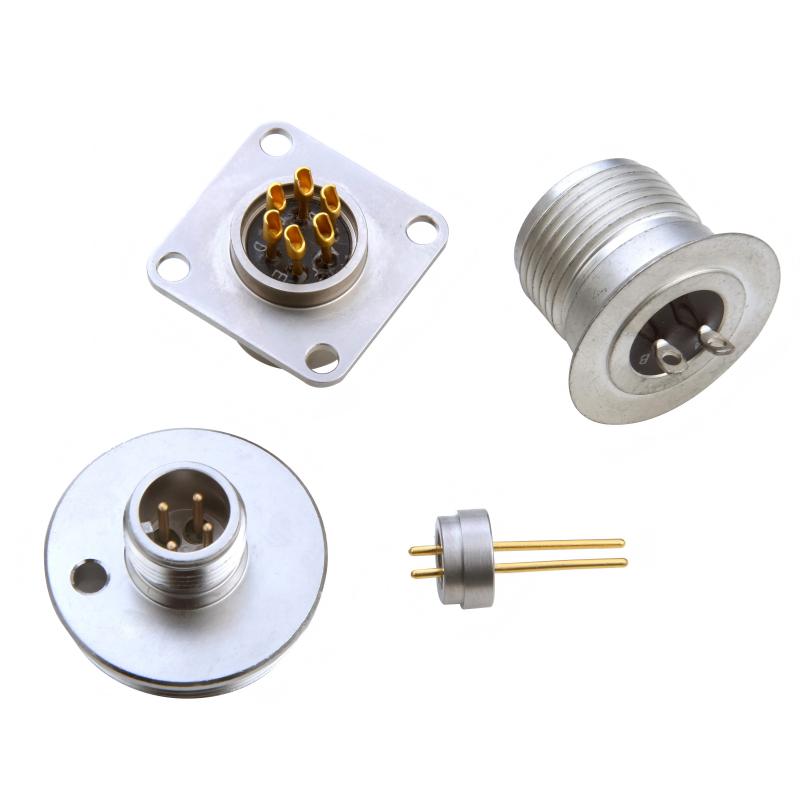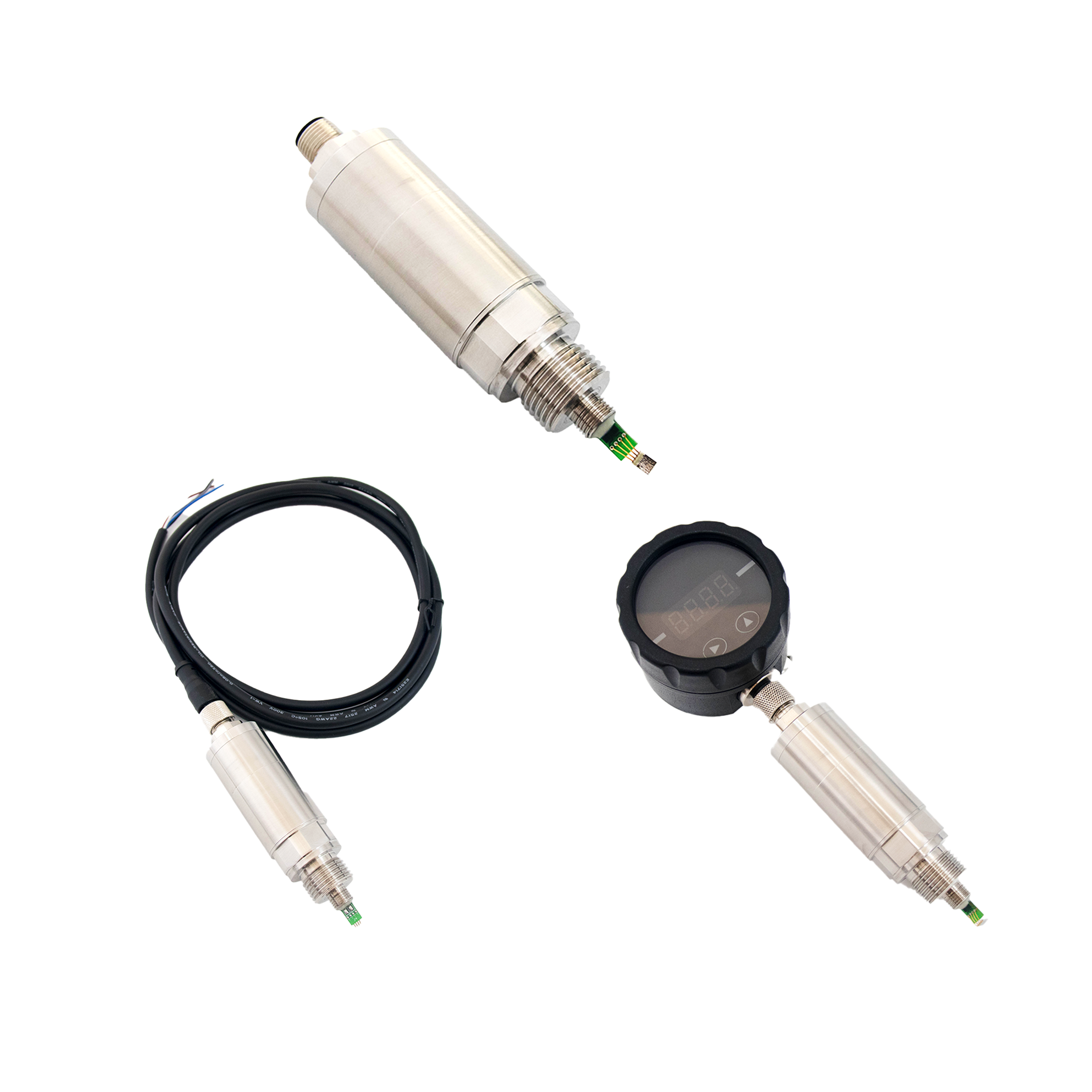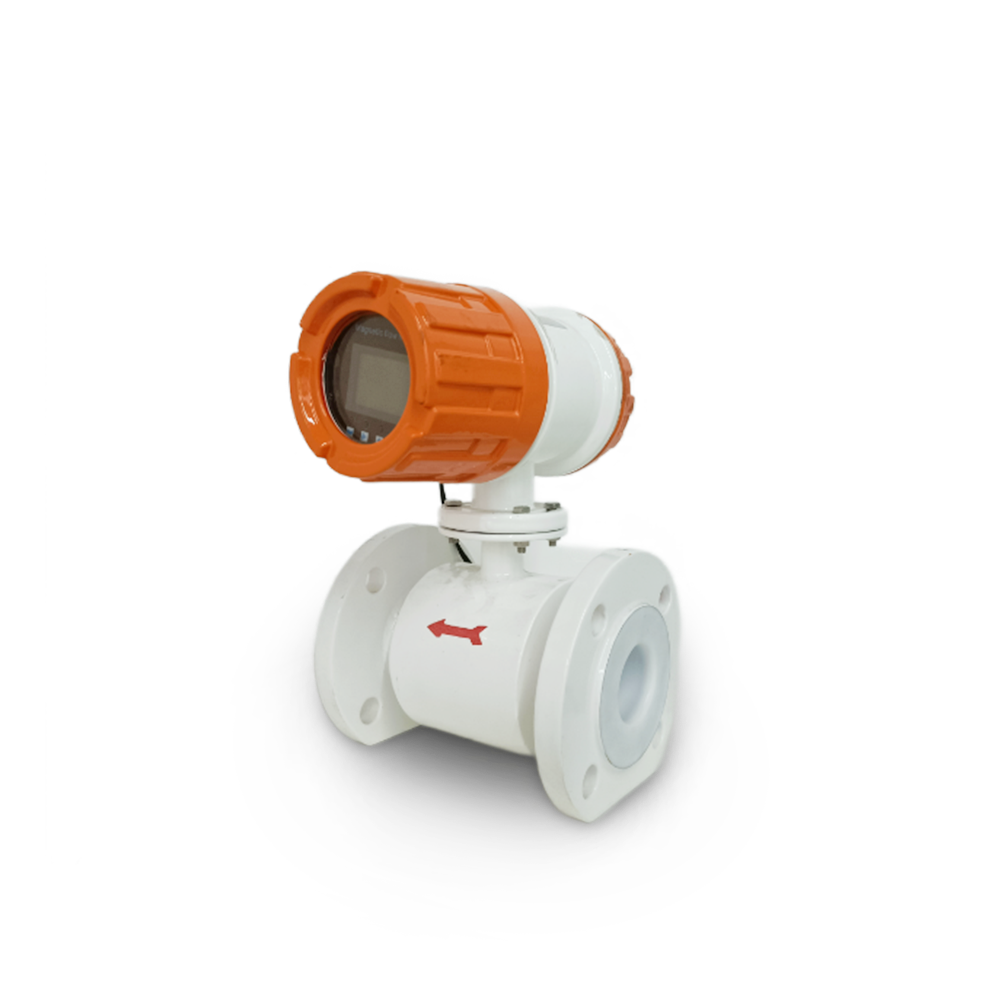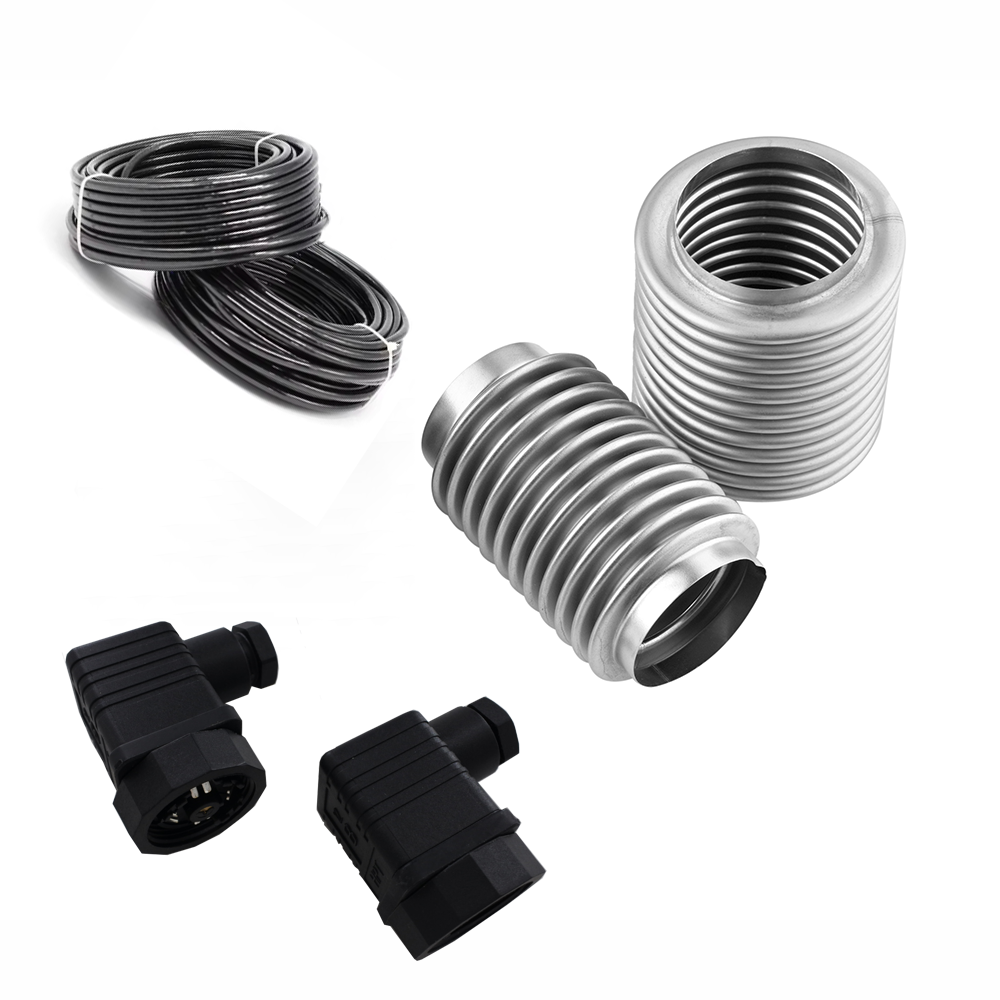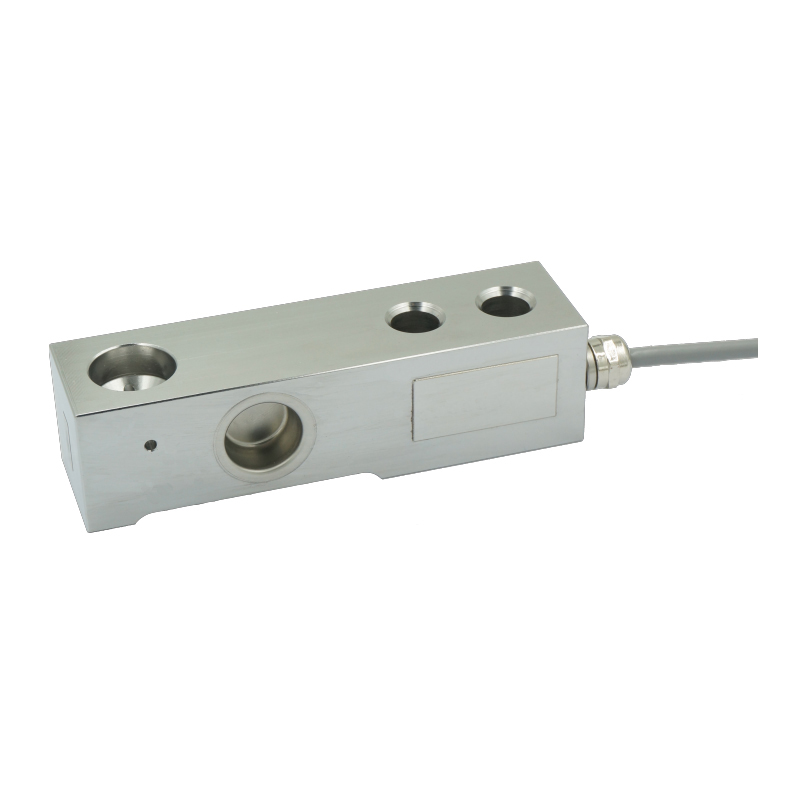Pressure Sensor Solutions for Soft Water Systems
From: Issued date 2025.07.24 Back
Soft Water Systems are water treatment systems designed to remove hardnesscausing minerals, primarily calcium (Ca²⁺) and magnesium (Mg²⁺), from water. These systems are commonly used in residential, commercial, and industrial settings to prevent issues like scale buildup, soap inefficiency, and corrosion in plumbing or appliances.Soft water systems do not purify water—they remove hardness minerals but don’t remove bacteria, toxins, or other contaminants. For full purification, they are often combined with filtration or reverse osmosis systems.

Most soft water systems use a process called ion exchange, where:
Hard water passes through a resin bed inside the system.
The resin contains sodium or potassium ions.
As water flows through, calcium and magnesium ions in the water are exchanged with sodium or potassium ions on the resin.
The result is softened water exiting the system, while the resin periodically regenerates using a salt brine solution.
✅ Key Components:
1. Mineral Tank – where ion exchange happens.
2. Brine Tank – stores salt or potassium used for regeneration.
3. Control Valve – manages flow and regeneration cycles.
Benefits of Soft Water Systems:
Prevent scale buildup in pipes, boilers, and water heaters.
Improve soap and detergent efficiency (less soap required).
Extend the lifespan of appliances and plumbing fixtures.
Enhance skin and hair softness.
Reduce energy consumption by keeping systems efficient.
Applications:
Residential homes (for drinking, bathing, laundry, etc.)
Hotels and hospitality
Food and beverage processing
Industrial boilers and cooling systems
Car washes and laundromats
Why Monitor Pressure in Soft Water Systems?
Soft water is treated to remove calcium, magnesium, and other hardness ions that lead to scaling and inefficiency. In various applications—residential, commercial, or industrial—monitoring pressure provides several benefits:
-System Protection: Overpressure or underpressure can damage valves, pumps, or membranes in soft water systems.
- Leak Detection: Sudden pressure drops often indicate leaks or component failure.
-Pump Control: Many soft water systems rely on pumps whose performance is pressuredependent.
-Efficiency Monitoring: Pressure readings help assess the performance of filters, softeners, or RO membranes.
-Compliance & Safety: In industrial settings, pressure sensors ensure the system operates within safe regulatory limits.
Key Applications of Pressure Sensors in Soft Water Systems
1. Residential Water Softeners
Modern residential water softeners often include a pressure sensor to:
Monitor inlet and outlet pressure.
Detect clogs or resin bed saturation.
Alert users of abnormal conditions (e.g., low incoming pressure).
2. Commercial & Industrial Softeners
Industrial water softening systems that serve boilers, cooling towers, or food processing lines integrate pressure transmitters to:
Control regeneration cycles more precisely.
Optimize salt and water usage.
Enable remote monitoring and predictive maintenance.
3. Reverse Osmosis Systems
In RO systems using soft water as a feed, pressure sensors are used:
Before and after membrane stages.
To monitor pressure drop across filters.
For pump start/stop logic and alarm systems.
4. Boiler Feed and Circulation Lines
Soft water is often used in boiler feedwater to reduce scaling. Pressure transmitters in these systems:
Ensure proper flow and pump operation.
Help maintain optimal boiler efficiency.
Prevent cavitation and dry run conditions.
Key Features Required for Pressure Sensors in Soft Water Applications
When selecting a pressure sensor for soft water systems, the following technical specifications are important:
1. Corrosion Resistance
Though soft water has fewer mineral ions, it can still cause corrosion, especially if residual salts or chlorides are present. SS316L stainless steel or ceramic diaphragm sensors are recommended.
2. Low Pressure Ranges
Soft water systems often operate in low to medium pressure ranges. Sensors should offer ranges such as:
0–0.5 bar
0–1 bar
0–6 bar
to match domestic and industrial system requirements.
3. High Accuracy & Stability
Accuracy ensures reliable monitoring and control, particularly in systems where pressure drop is used as a performance indicator. Look for sensors with:
Accuracy ≤ ±0.5% FS
Longterm stability ≤ ±0.2% FS/year
4. Compact & Easy to Install
For integration in compact softener housings or water treatment skids, the sensor should have a small footprint and flexible installation:
G1/4”, NPT1/4”, or M20×1.5 thread options
Compact cylindrical or flush design
5. Output Signal Compatibility
To interface with controllers, PLCs, or building automation systems, output options such as:
4–20 mA (industrial)
0–10 V (residential or HVAC)
I²C, RS485 (smart or digital systems)
should be considered.
Example Product: PCM303D Pressure Transmitter
The PCM303D Universal Pressure Transmitter, designed with a full stainlesssteel structure and highprecision piezoresistive sensor core, is wellsuited for soft water applications.
Key Features:
SS316L diaphragm and housing
Available in 0–0.5 bar to 0–10 bar ranges
4–20 mA / 0–10 V / RS485 output options
IP65/IP67 waterproof rating
Excellent longterm stability
The PCM303D can be used in both static pressure monitoring (inlet/outlet) and dynamic control (pump feedback) for residential, commercial, and industrial soft water systems.
Installation Best Practices
To ensure reliable sensor performance in soft water systems:
1. Install Upright with Flow Direction: For pipe installations, align the sensor with the flow direction and mount vertically if possible.
2. Avoid Air Traps: In vertical installations, avoid locations where air bubbles could accumulate and affect readings.
3. Use Thread Sealant Carefully: Ensure no sealant enters the sensor port, which could clog the diaphragm.
4. Protect from Voltage Surges: Use surge protection or isolation to protect against power fluctuations.
5. Routine Calibration: Schedule periodic recalibration for critical systems or where pressure control affects process quality.
Benefits of Pressure Sensors in Soft Water Applications
A. Preventive Maintenance
With continuous pressure feedback, operators can detect performance issues early—such as clogged filters, resin degradation, or failing pumps—and take corrective action before failure occurs.
B. Improved Efficiency
Systems can be finetuned to operate at optimal pressure levels, reducing energy consumption and extending the life of membranes and softening media.
C. System Automation
Pressure sensors enable automated control schemes for pump operation, regeneration timing, or bypass activation—leading to smarter, less laborintensive systems.
D. Remote Monitoring & IoT Integration
Modern digital pressure transmitters with RS485 or Modbus output can be integrated into SCADA or cloudbased systems for remote diagnostics and data analysis.
As soft water systems become more prevalent across industries and households, the demand for precise and durable pressure sensing grows. A wellchosen pressure sensor not only enhances operational reliability but also contributes to water savings, lower maintenance costs, and longer system lifespan. Whether you're an OEM integrating sensors into compact water softeners or an engineer managing an industrial RO plant, investing in the right pressure measurement technology is essential for smooth operation.
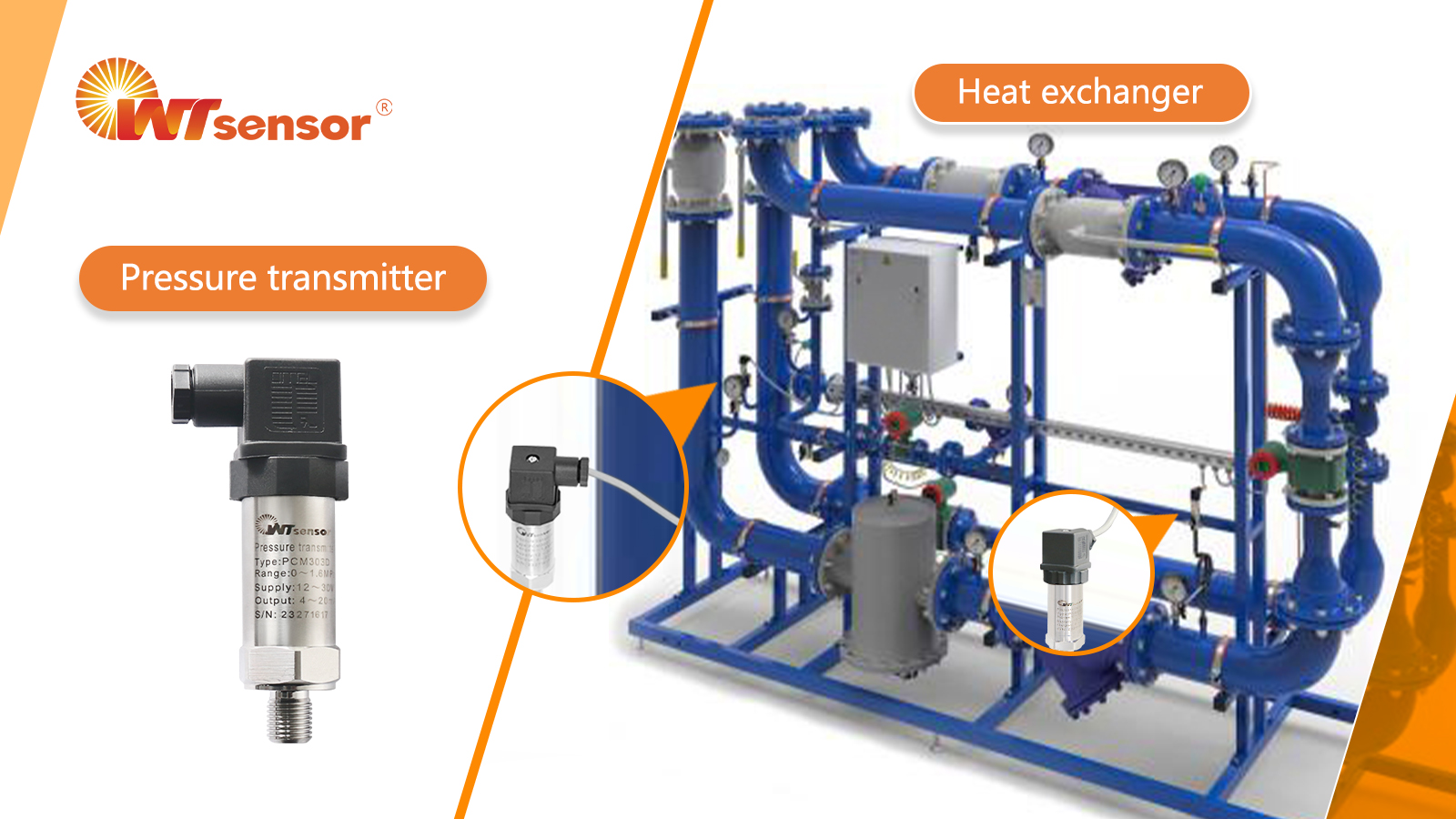
This article Tags: pressure sensor pressure transmitter
Back to List
